Tesla pulled the plug on a program aimed at developing a $25,000 EV, even as Chinese automakers led by BYD double down on bringing to market all-electric vehicles affordable often to reach mainstream buyers. According to Reuters, Tesla CEO Elon Musk now wants to focus on self-driving robocabs.
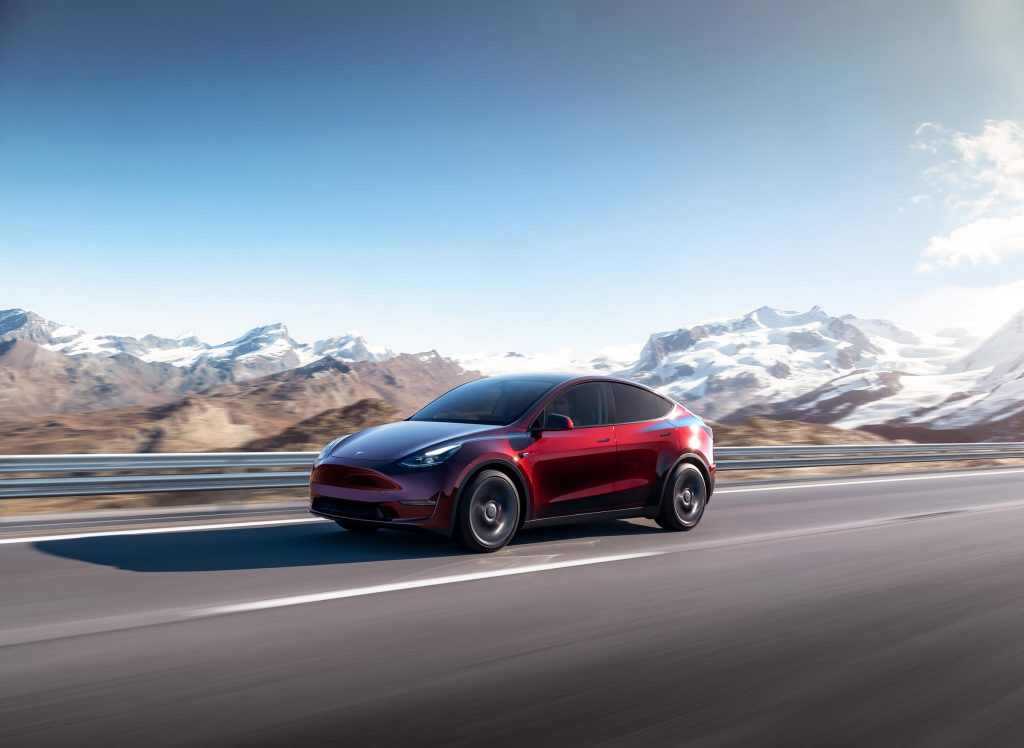
Current Tesla products, such as this Model Y, start around $50,000 — before discounts and federal incentives.
Even as it launched its original Model S sedan, which carried a price tag stretching into six figures, Tesla CEO Elon Musk promised that the automaker would subsequently move into more affordable product segments. The carmaker didn’t quite make it there with its smaller Models 3 and Y but Musk has repeatedly assured both investors and potential buyers that a smaller, cheaper product was in the works.
As recently as last November images purportedly showing an entry level product expected to be called the Model 2 were leaked out, with widespread speculation it would start around $25,000.
But, if a new report from Reuters proves accurate, Musk has now shelved the project, shifting Tesla resources to another project that has long had his support: the development for fully driverless robocabs.
Model 2
Tesla has repeatedly wavered on when – indeed, whether – to bring an entry EV to market. Currently, the cheapest product in the automaker’s line-up starts around $50,000 before federal tax credits though, as Headlight.News reported Friday, Tesla has been offering significant discounts in recent weeks as it struggles to reverse a sales slowdown that saw it fall significantly short of expectations during the first quarter of 2024.
As recently as last November Musk appeared to be putting the Model 2 project back on the fast track.
That coincides with what a number of competitors, including Ford Motor Co. are doing. While U.S. EV sales continue to grow, the pace has slowed over the past 12 months and is expected to run about 25% for all of 2024. From 2019 through 2023, demand grew more than 800%.
Why reverse course now?
For its part, Ford CEO Jim Farley has pulled back on higher-end EVs, a planned 3-row SUV pushed back to 2027, a three-year delay. The Detroit automaker has shifted some of its resources to hybrids. But it also launched what Farley described last month as a new “skunkworks” program specifically focused on EVs that could come in as low as $25,000.
General Motors, Honda, Volkswagen and other “legacy” carmakers are also looking for ways to drive down EV costs – high prices widely blamed for the EV sales slowdown along with issues like range anxiety and the lack of a robust public charging network.
Adding to the pressures, Chinese automakers are beginning to expand into Western markets, including Latin America and Europe, using low-priced offerings as a wedge. The new BYD Seal unveiled at the Geneva Motor Show last month starts around $11,000.
The problem is that no one has quite figured out how to compete with the Chinese. The battery packs alone for vehicles delivering more than 200 miles range currently cost about as much as the BYD Seal, and on some EVs can run twice as much.
More Tesla News
- Tesla Offers Big Discounts to Reverse Sales Slump
- Could Tesla Go Bust? Wall Street is Worried
- Tesla Raises Prices – Even as Musk’s Reputation Plunges
 Focusing on robotaxis
Focusing on robotaxis
Citing various sources, Reuters said Tesla officials advised “scores of employees” that the Model 2 was being scrapped during a meeting in late February.
One of those sources told the news service that “Elon’s directive is to go all in on robotaxi.”
Subsequently, Tesla reportedly notified suppliers it was terminating the low-cost EV program which was known by the twin codename NV91 and H422.
That isn’t a complete surprise. the CEO has long made autonomous driving a Tesla priority – albeit a controversial one. The company currently markets several different driver assistance systems, starting with its original Autopilot, as well as the news, more expensive and, supposedly, more advanced Full Self-Driving. With a subscription fee of $199 a month, FSD is a major revenue generator, even after buyers drive off with their new vehicles.
Promises, promises
Critics say Tesla – and Musk, in particular – overstate the capabilities of those systems, however. Unlike GM’s Super Cruise and Ford’s BlueCruise, Tesla requires motorists to keep hands at least loosely on the steering wheel. But they don’t always obey and there have been numerous fatal crashes linked to those systems, triggering both lawsuits and ongoing investigations by federal safety regulators.
Musk continues to promise that major upgrades are coming for both FSD and Autopilot. He has also told owners that they’ll eventually be able to make money by fielding their self-driving vehicles through ride-sharing services, potentially more than making enough money to cover both their vehicle loans and subscription fees.
So far, however, there’s no clear path to achieve that unless and until Tesla can deliver the long-promised software upgrades. It’s also unclear if Musk’s new strategy is focused on providing autonomous vehicles directly to ride-sharing services such as Uber or Lyft. Key rivals in the robocab segment, Google spin-off Waymo and GM’s Cruise, are developing their own driverless software.
Compounding Tesla’s problems
It’s unclear how investors will respond to the Reuters report – if it’s proven to be accurate. Tesla, which no longer operates a media relations department, has yet to respond to questions fro, either the news service or Headlight.News. But Musk did post on X, his social media site, the claim that “Reuters is lying (again).” He offered no specific response.
What’s clear is that both investors and EV buyers have begun pulling back from Tesla. First quarter sales released this week came in at just 386,810 battery-electric vehicles worldwide. Industry analysts were forecasting figures ranging from 449,080 to 454,200 EVs.
That accelerated what was already a sharp downward slide in Tesla’s stock price. As of mid-afternoon Friday its shares were hovering around $165. That was down more than $85, or more than a third, from where it began the year.
In recent days, Tesla bears have grown increasingly pessimistic, Per Lekander, a managing partner at the investment management firm Clean Energy Transition saying, “I actually think the company could go bust,” during an appearance on CNBC’s “Squawk Box Europe.”
Even the bulls are growing worried. Dan Ives, at Wedbush Securities, called the Q1 results an “unmitigated disaster.”

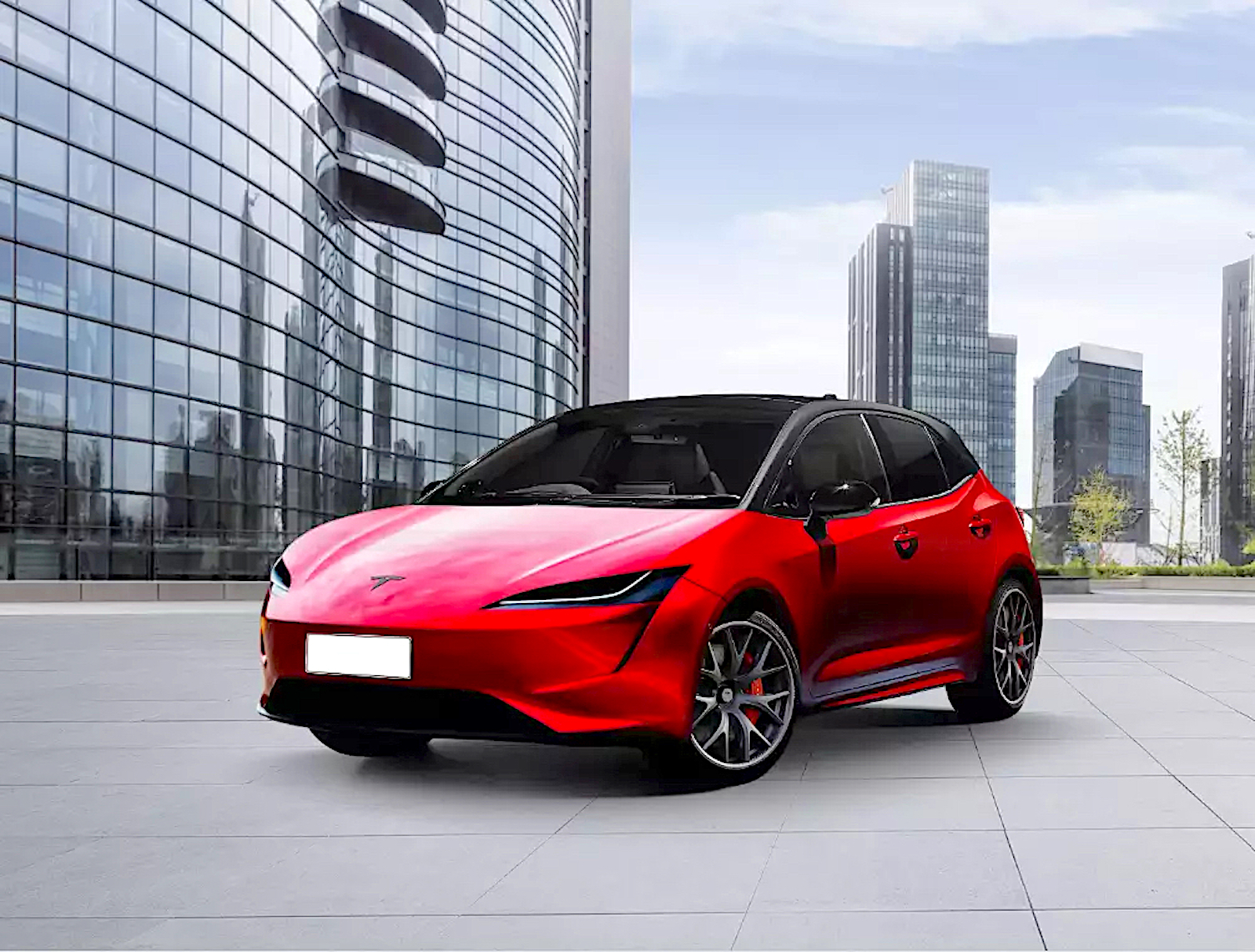
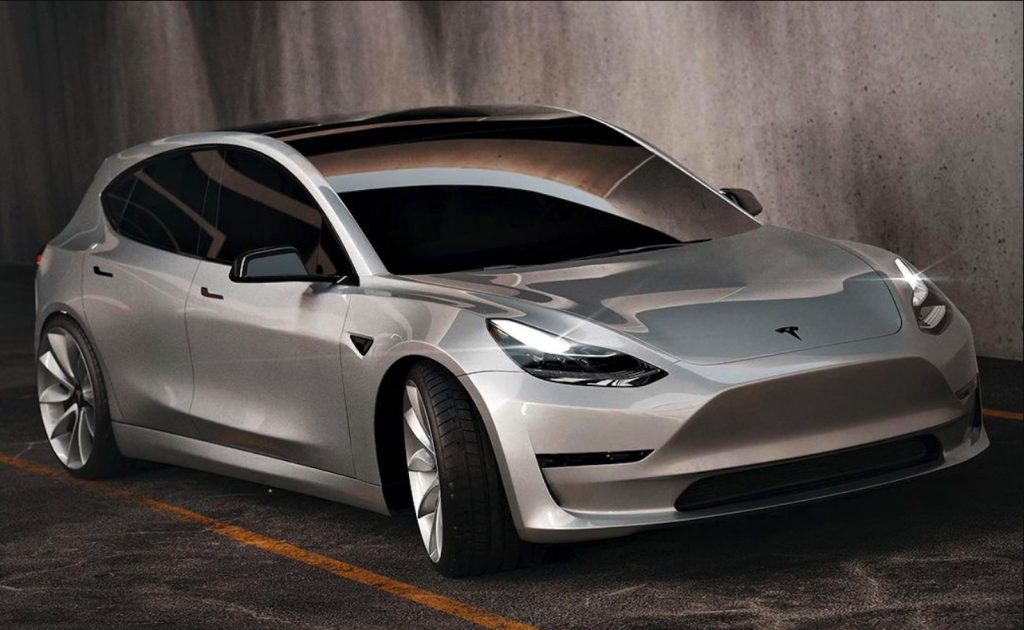
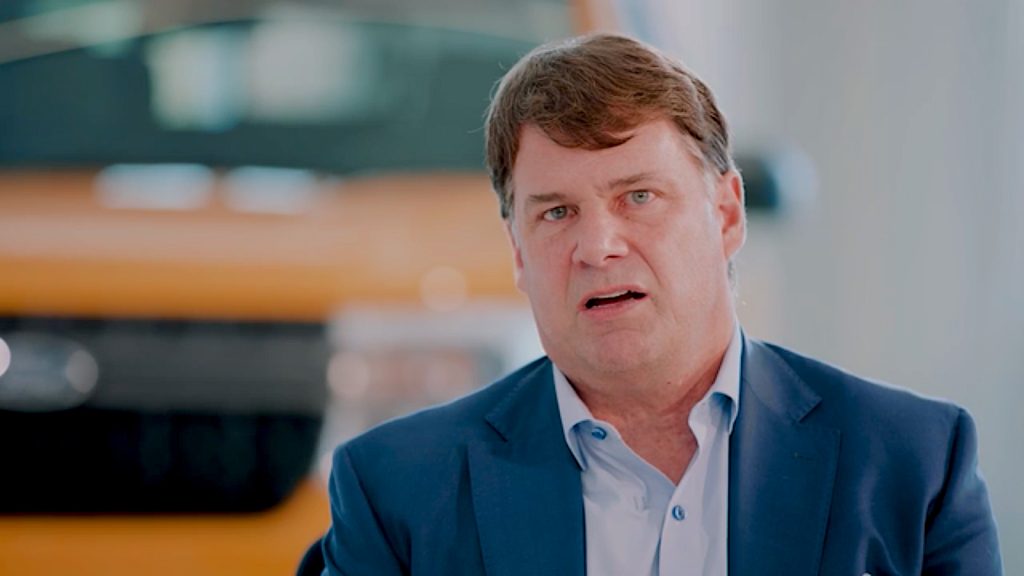

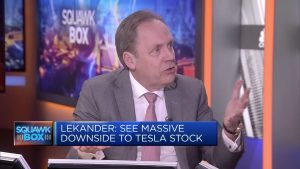
![2023-Chevrolet-Bolt-driving[1]](https://headlight.news/wp-content/uploads/2023/09/2023-Chevrolet-Bolt-driving1-150x150.jpg)
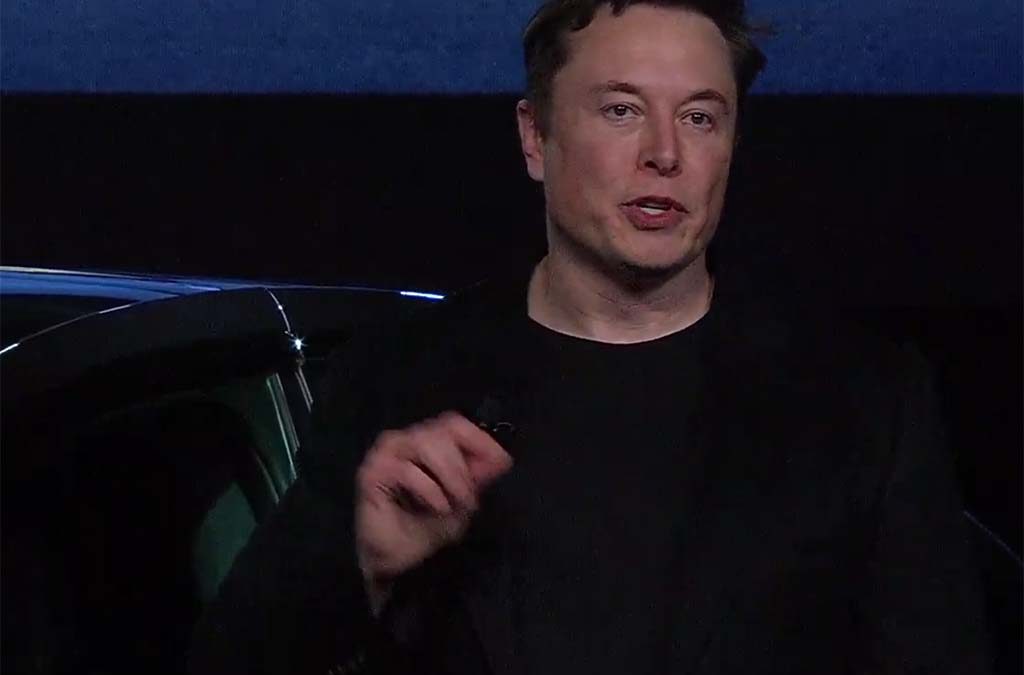
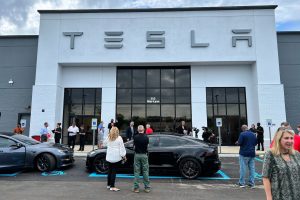

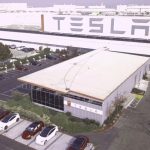
Good story Paul. It will be interesting to watch this news development unravel.
EVs are a bad idea. Didn’t we learn this 120 years ago?
EVs are a great idea. Approval ratings among owners are largely through the roof. We’d not trade our F-150 Lightning in but for another EV pickup after 18 months.
Paul E.